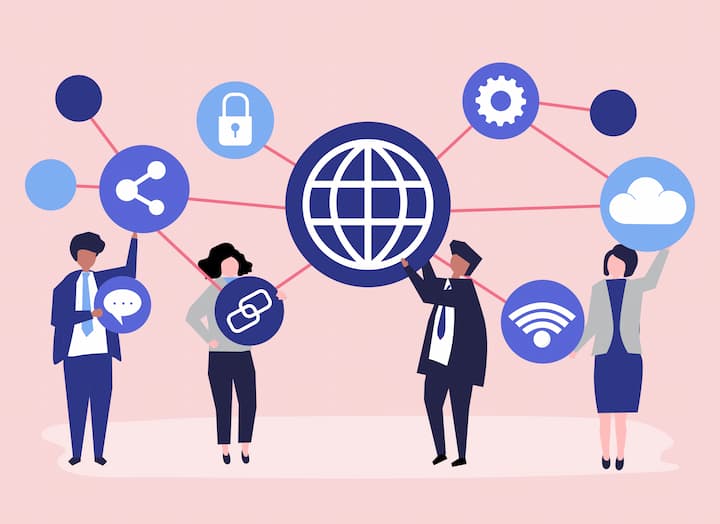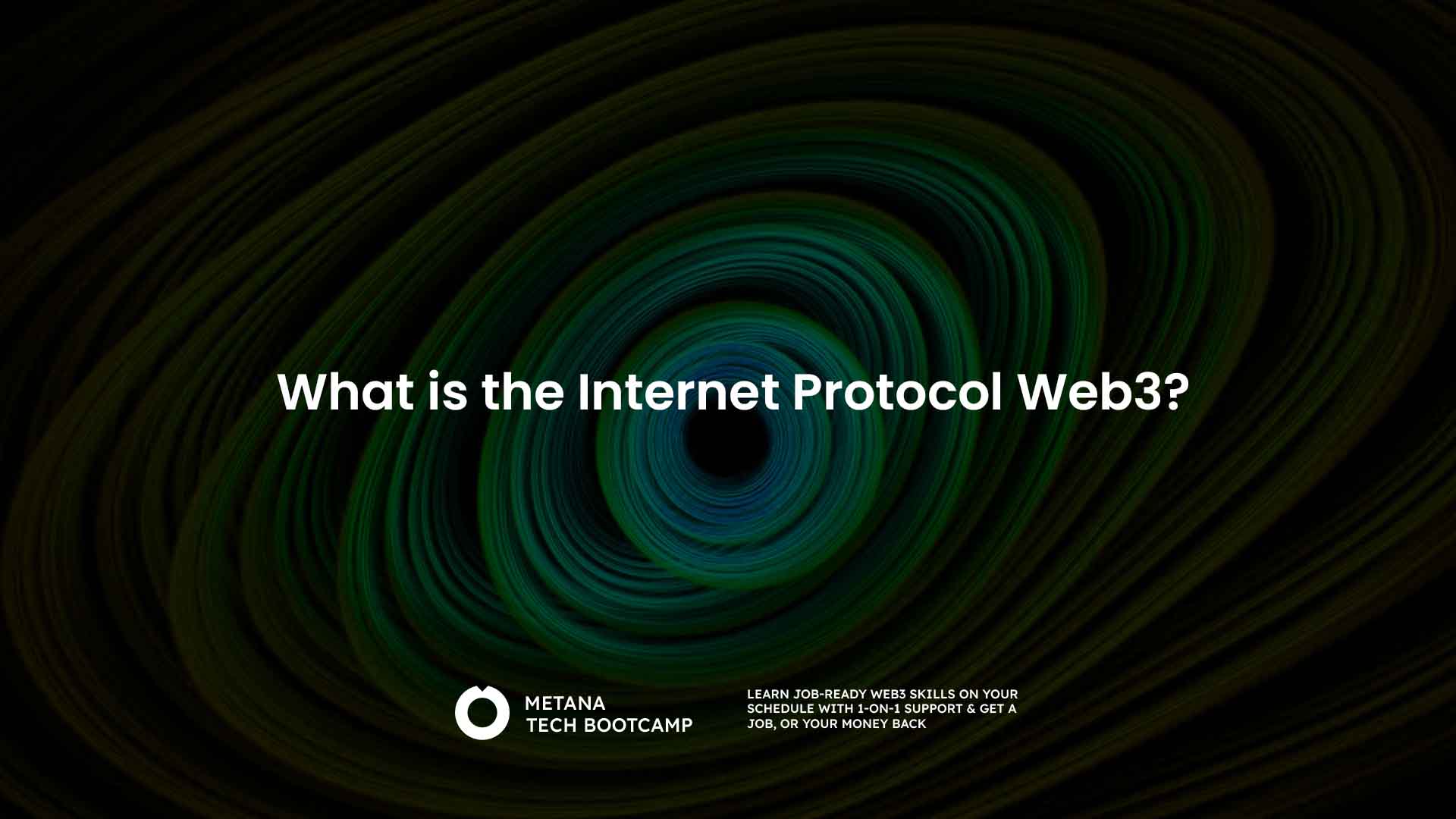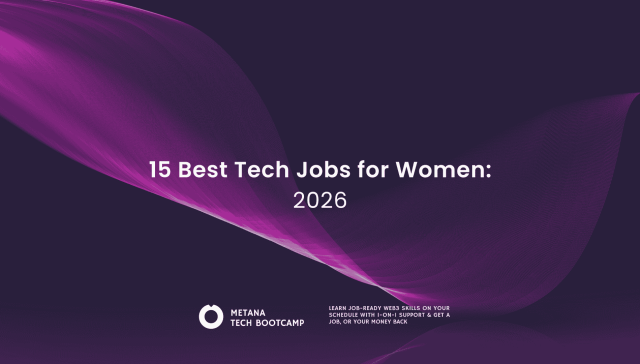The Internet Protocol Web3 refers to the next generation of the internet, often known as the “decentralised web.” Unlike the traditional web (Web2), which relies heavily on centralized servers and intermediaries—such as large corporations—to store, manage, and control data, Web3 shifts this paradigm by leveraging blockchain technology and peer-to-peer (P2P) networks. This decentralised approach allows users to have more control over their data and online interactions, eliminating the need for middlemen and promoting privacy, security, and transparency.
In Web3, ownership of data and digital assets is placed directly in the hands of users rather than companies. Smart contracts, which are self-executing contracts with terms of agreement written into code, enable trustless transactions and automation without the need for intermediaries. This also fosters an open, borderless internet where users can interact with decentralised applications (dApps) across various blockchains. By embracing decentralisation, Web3 aims to create a more user-centric, secure, and democratic internet, empowering individuals and businesses to participate without relying on centralised authorities.
Exploring the Future of a Decentralised Web
The internet is undergoing a profound transformation with the rise of Web3, a decentralised version of the web that promises more control and transparency for users. The Internet Protocol Web3 plays a crucial role in this evolution, aiming to revolutionise how users interact with data and applications by removing intermediaries and enhancing privacy. In this article, we’ll break down what Web3 is, how it differs from Web2, and the significance of the Web3 Internet Protocol in building a decentralised internet.

Understanding Web3: The Next Evolution of the Internet
Before diving into the Internet Protocol Web3, it’s essential to understand what Web3 represents. Web3 refers to the third generation of the web, moving beyond the centralized control of Web2 platforms like Google, Facebook, and Amazon.
Key Features of Web3:
- Decentralisation: Web3 removes intermediaries by using decentralised networks such as blockchains. Instead of a central authority controlling data and applications, Web3 distributes control among users.
- Data Ownership: Users have direct ownership of their data, deciding who can access it and how it’s used.
- Smart Contracts: Applications run on smart contracts, which are self-executing agreements coded into the blockchain, ensuring transparency and trust.
- Interoperability: Web3 applications, or dApps, are designed to work across different blockchains, enhancing the user experience.
What is the Internet Protocol Web3?
The Internet Protocol Web3 refers to the underlying protocols that support the decentralized nature of Web3. In the traditional internet (Web2), protocols like HTTP and TCP/IP serve as the backbone, enabling the transfer of data between users and servers. However, Web3 introduces new protocols that facilitate peer-to-peer interactions without central servers.
Core Components of Web3 Internet Protocols:
- Decentralised Storage Protocols: Technologies like IPFS (InterPlanetary File System) and Arweave enable decentralised file storage, allowing users to share and store files across a network without relying on centralised servers.
- Blockchain Protocols: Ethereum, Polkadot, and Solana are some of the blockchain protocols that support decentralised applications and smart contracts in Web3.
- Identity and Authentication Protocols: In Web3, user identities are tied to cryptographic keys instead of traditional usernames and passwords, improving security and privacy.
- Payment Protocols: Cryptocurrencies and decentralised finance (DeFi) platforms are integral to Web3, enabling seamless, borderless financial transactions.
How Does Web3 Differ from Web2?
The transition from Web2 to Web3 represents a fundamental shift in how data is handled and how users interact with the internet.
| Web2 | Web3 |
|---|---|
| Centralised servers | Decentralised networks |
| Data controlled by companies | Data controlled by users |
| Monetisation through ads | Monetisation via tokens and cryptocurrencies |
| Reliance on third-party platforms | Peer-to-peer interaction with smart contracts |
Example: A Simple Web2 vs. Web3 Comparison
In Web2, when you post something on social media, the platform (like Facebook or Twitter) owns that content. In Web3, content you create belongs to you, and you control how it’s used or shared via blockchain and decentralised protocols.
Key Internet Protocols Supporting Web3
Let’s explore some of the key protocols driving Web3:
1. IPFS (InterPlanetary File System)
IPFS is a decentralised storage protocol that allows files to be stored and shared across a peer-to-peer network. Unlike HTTP, which retrieves files from a single server, IPFS retrieves files based on their content rather than location, providing more resilience and avoiding data censorship.
2. Ethereum and EVM-Compatible Blockchains
Ethereum is one of the most widely used blockchain protocols in Web3. It supports the creation of decentralised applications (dApps) through smart contracts. Other blockchains like Polygon and Avalanche are also gaining traction in Web3, thanks to their compatibility with the Ethereum Virtual Machine (EVM).
3. Polkadot and Cross-Chain Communication
Polkadot enables different blockchains to communicate with each other, creating an interoperable ecosystem. This protocol is vital for the future of Web3, as it allows for the seamless transfer of data and assets across multiple blockchains.
4. Arweave: Permanent Data Storage
Arweave offers permanent, decentralised data storage by creating a distributed archive. This protocol ensures that data remains immutable and accessible indefinitely, making it ideal for preserving valuable digital assets and information.
Benefits of the Internet Protocol Web3
The Web3 Internet Protocol offers several advantages over traditional Web2 protocols, including:
- Enhanced Security: By using cryptographic keys and decentralised networks, Web3 significantly reduces the risk of hacks and data breaches.
- User Privacy: Web3 protocols allow users to control their data, reducing the chances of mass surveillance or third-party exploitation.
- Censorship Resistance: Decentralised protocols make it difficult for any single entity or government to censor or control the flow of information.
- Financial Freedom: With decentralised finance (DeFi) and cryptocurrency payment protocols, Web3 enables users to access global financial systems without intermediaries.
Common Pitfalls and Challenges of Web3 Protocols
Despite its potential, Web3 comes with its own set of challenges:
- Scalability Issues: Many Web3 protocols, especially blockchain networks, still struggle with scalability and high transaction fees.
- User Experience: The complexity of managing cryptographic keys and wallets can be a barrier to entry for non-technical users.
- Regulatory Uncertainty: Governments worldwide are still figuring out how to regulate decentralised technologies, creating uncertainty around the legality of certain Web3 applications.

The Future of the Internet Protocol Web3
The future of Web3 Internet Protocols lies in overcoming scalability issues and improving user accessibility. With innovations like Layer 2 scaling solutions, cross-chain communication, and better wallet interfaces, Web3 has the potential to become the mainstream standard for how the internet operates.
As blockchain technology advances, more decentralised applications (dApps) will emerge, leading to a more equitable and transparent web. In the coming years, Web3 will likely play a pivotal role in shaping the decentralised economy, finance, and content distribution.
Conclusion: Why the Internet Protocol Web3 is Important
The Internet Protocol Web3 is at the forefront of the next evolution of the internet, empowering users with more control, privacy, and financial freedom. By leveraging decentralized storage, blockchain networks, and cryptography, Web3 protocols are building a future where users own their data, interact peer-to-peer, and participate in a fairer digital economy. As adoption grows, Web3 promises to create a more transparent, secure, and efficient internet for all.
FAQs:
How is Web3 different from Web2?
- Web3 is decentralised, meaning data and applications are stored on blockchains and peer-to-peer networks rather than centralised servers controlled by a single company.
What role do cryptocurrencies play in Web3?
- Cryptocurrencies are essential to Web3, enabling decentralised finance (DeFi) and peer-to-peer transactions without intermediaries.
What is IPFS, and why is it important in Web3?
- IPFS (InterPlanetary File System) is a decentralised storage protocol that stores and retrieves files based on their content rather than their location, promoting censorship resistance and data permanence.








